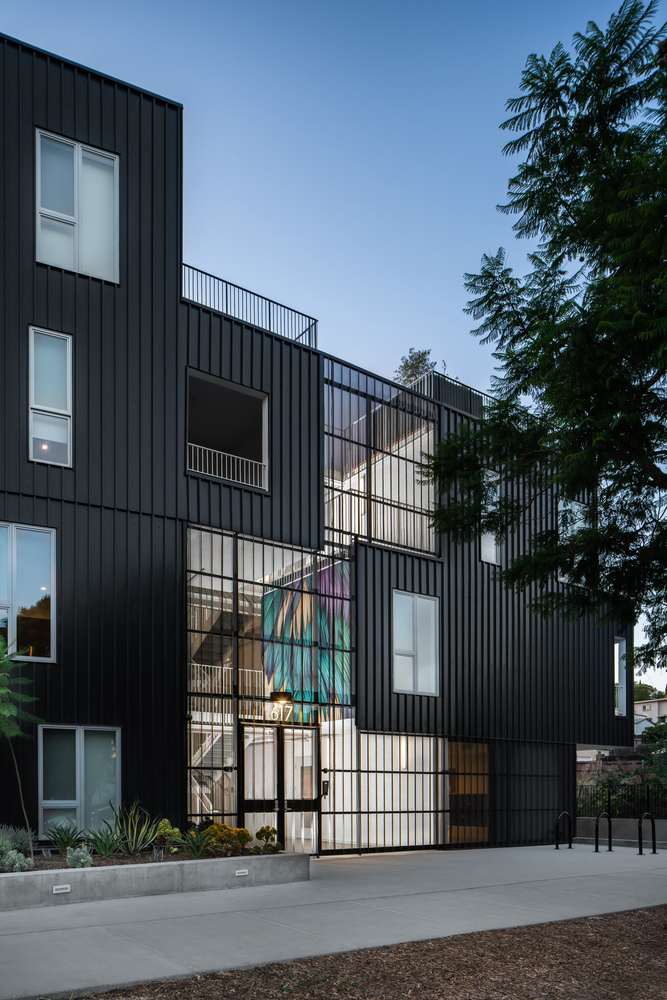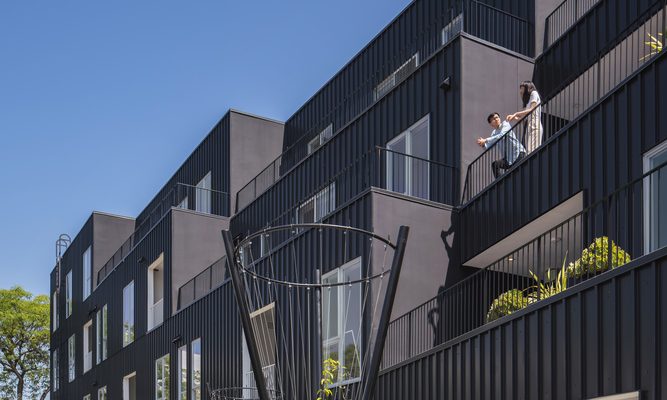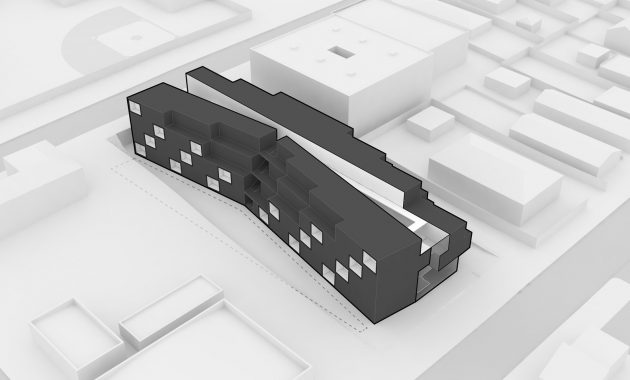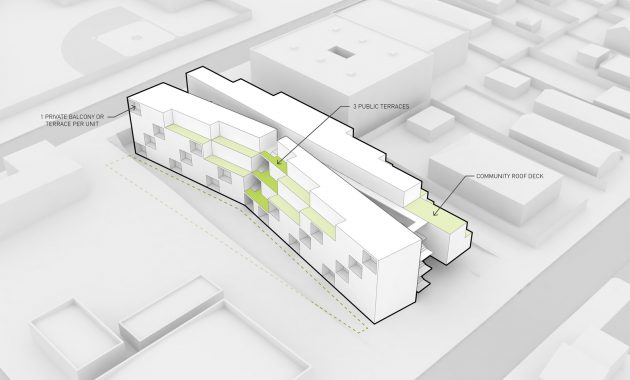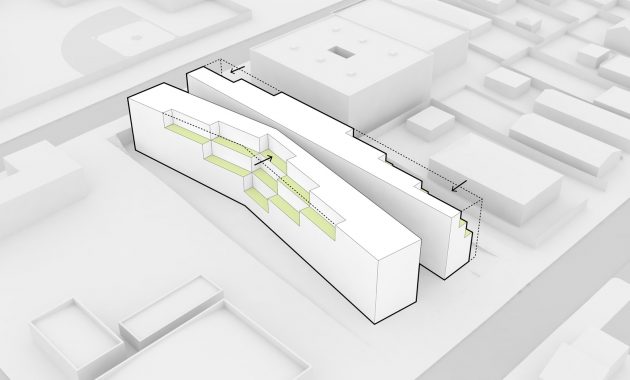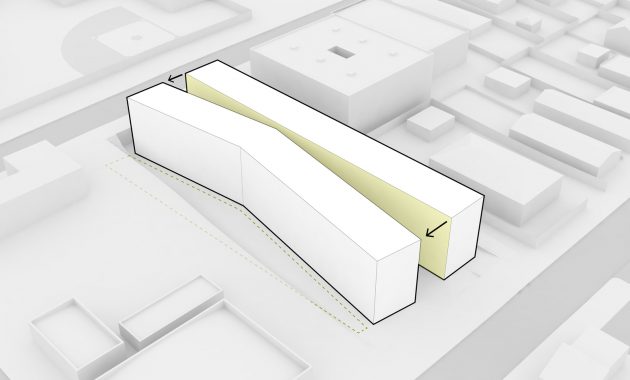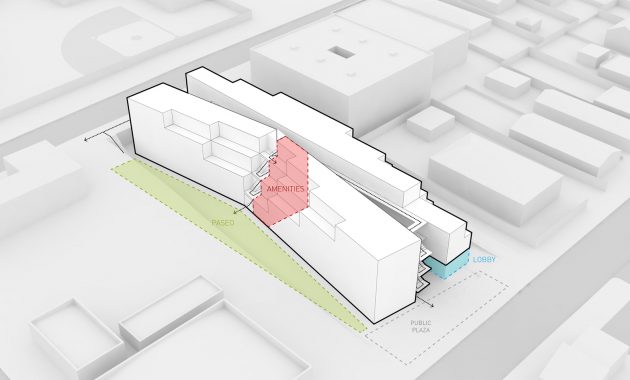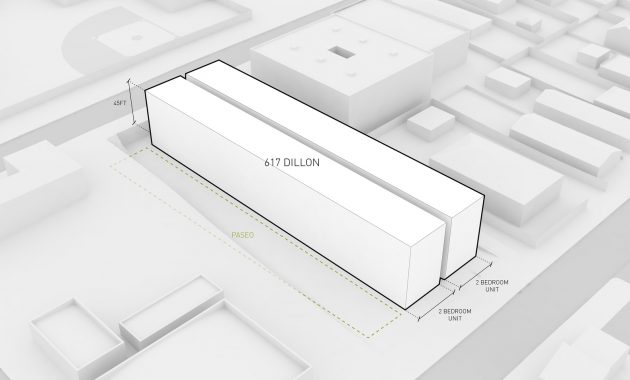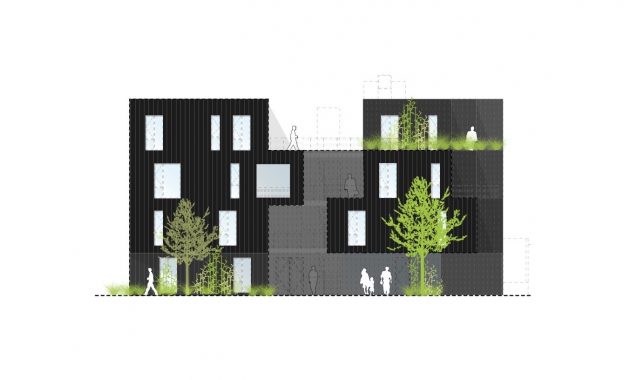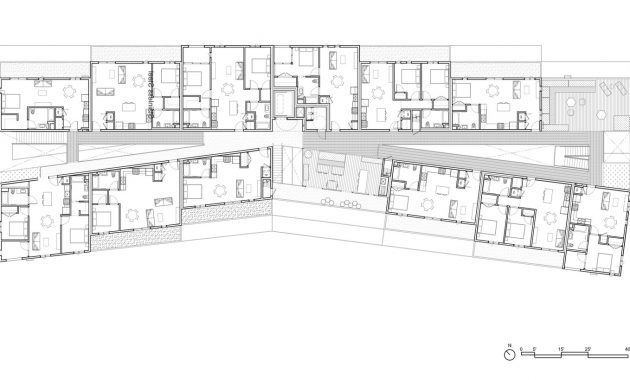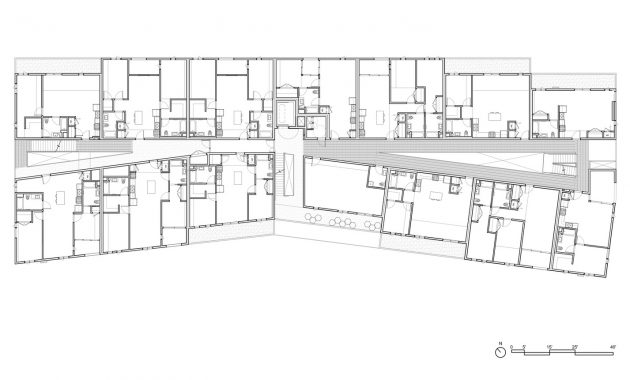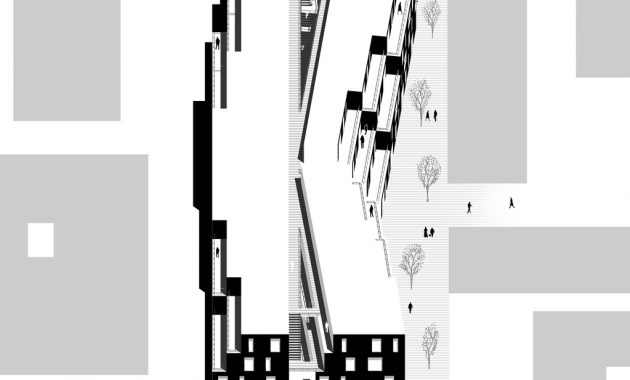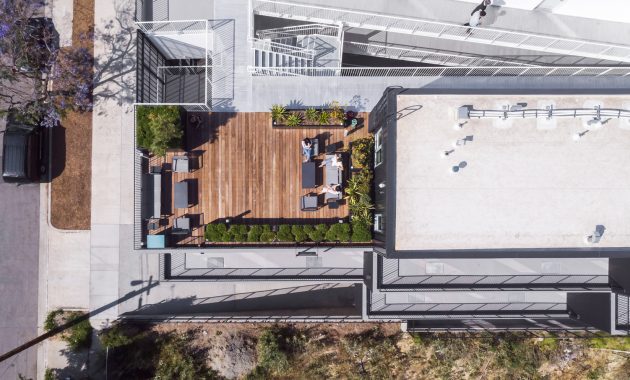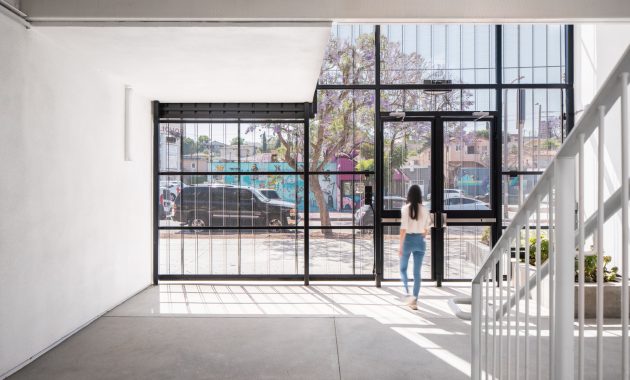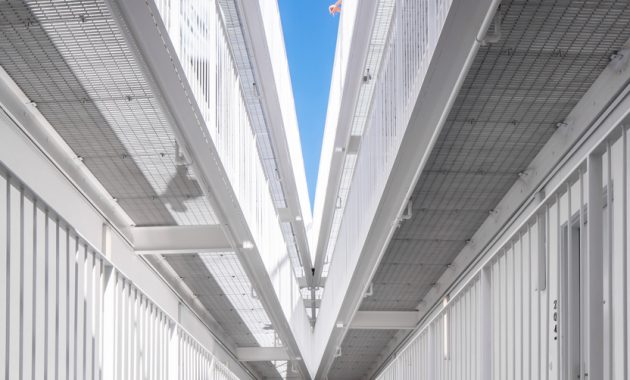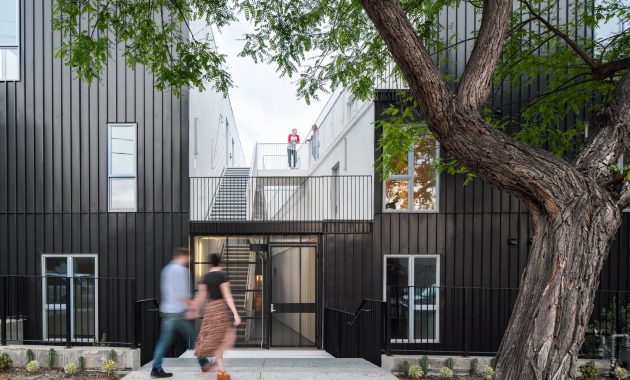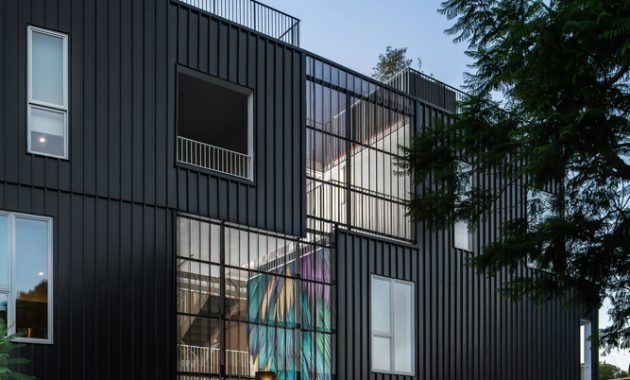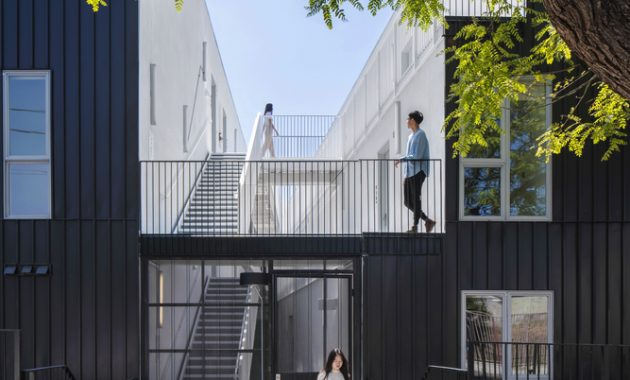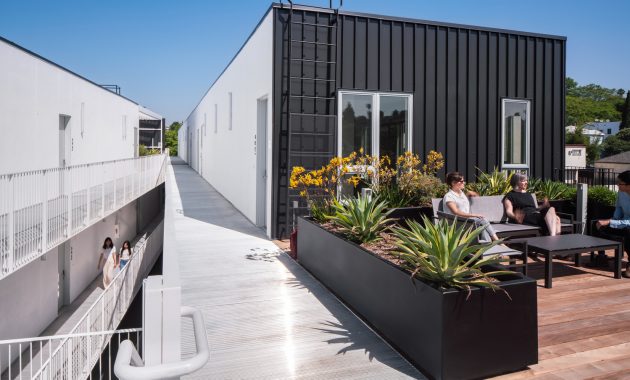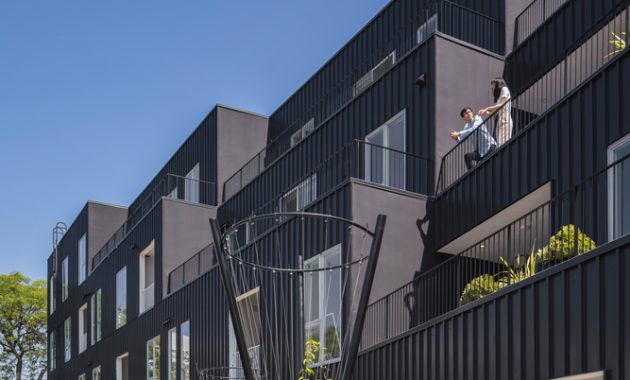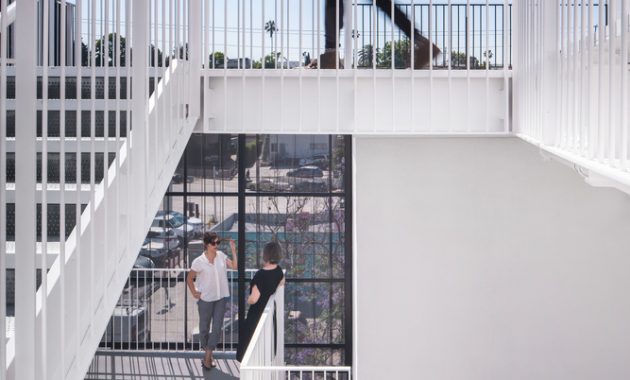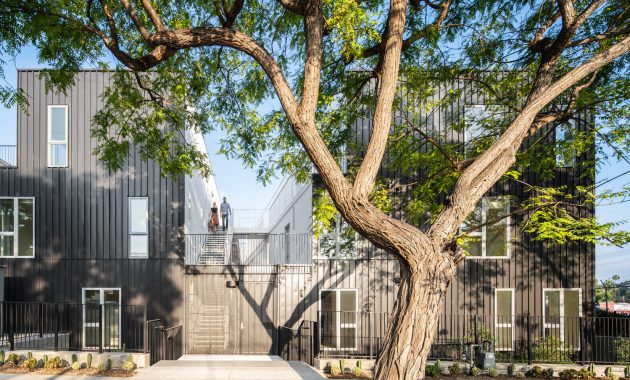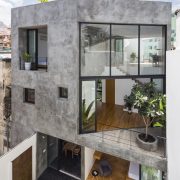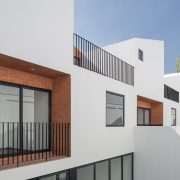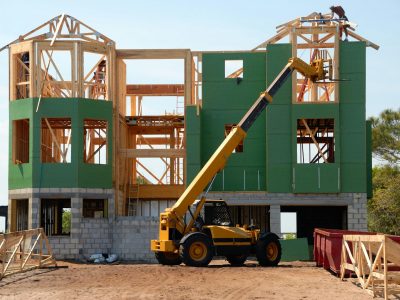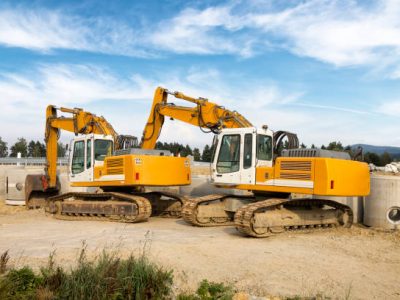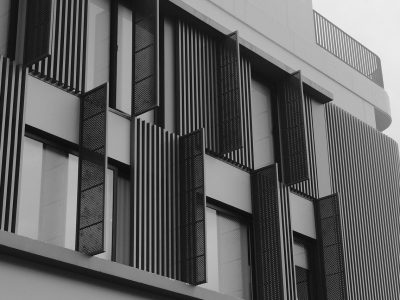

Los Angeles’ Silver Lake neighborhood has transformed in the last two decades From a sleepy Eastside enclave to one of the city’s most dynamic creative communities. However, the majority of its housing stock has remained unchanged since the 1970s. The residential streets are made up of a mixture of historic houses and medieval “missing middle” duplexes, and fourplexes bungalows, which once housed the city’s resident population.
Currently, more density is needed. Not only to keep up with demand but to maintain a level of affordability in the housing market that has made it a huge part of the artists and ethnic communities responsible for giving the area its unique talents to a disadvantage. A new typology of “lost middle” housing has emerged, which has grown in scale and placement towards the edge of the neighborhood, along with commercial corridors and busy highways (where auto repair shops and warehouses once stood). With these changes, there is a need to bridge these new middle-lost communities to the neighborhoods and paths they are on.



Situated on a narrow infill in Silver Lake, Los Angeles, LOHA’s newest housing project, Dillon617 creatively integrates open and communal spaces into dense urban development, providing essential housing for this growing community.
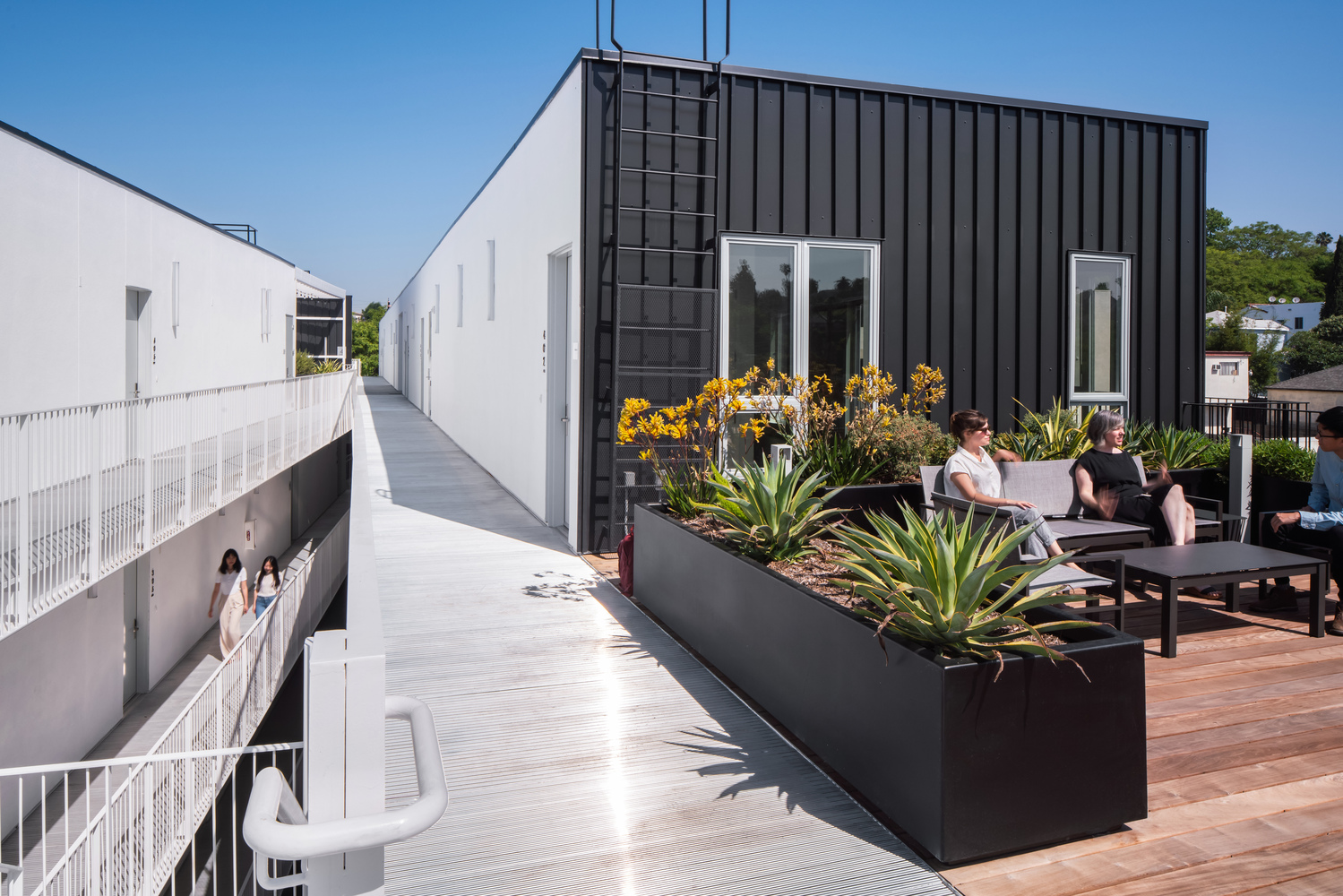
The design of the Dillon617 stems from two long bars connected by an exterior walkway and pushed to one side of the property to allocate most of the site to a landscaped paseo. This movement creates a dynamic open space for residents and brings light and air deeper into the building. The south bar of the Dillon617 is pulled apart at each street front, opening the doorway of suitable projects to frame intimate moments that allow the building to be opened and exposed to street level.

The design further articulates the edge of this paseo by carving a stepped terrace out of the center pinpoint. These shared and semi-private terraces take advantage of southern exposure and concentrate public facilities to promote neighborly social interactions. These terraces are mirrored at a northern elevation to escape from surrounding buildings and parallel to the context. With checkered perforated balconies at long heights, the design ensures that every unit has access to the open space

The dark metal exterior adds an element of contrast by incorporating the corridor in bright white. It’s not just an aesthetic decision, but natural light reflections on pavements and units is one of several passive sustainable strategies. Solid metal siding compositions and perforated screens animate street-facing heights for a more accessible connection to the surrounding context, which is supported by the open-air pavement square.

As Los Angeles densifies, the inevitable conflict between multi-unit housing and homes becomes clearer. By combining the types of space found in the surrounding environment into a more compact buildings – intimate green spaces, terraced hillsides, and plazas – the LOHA’s design has allowed two different typologies to coexist.
